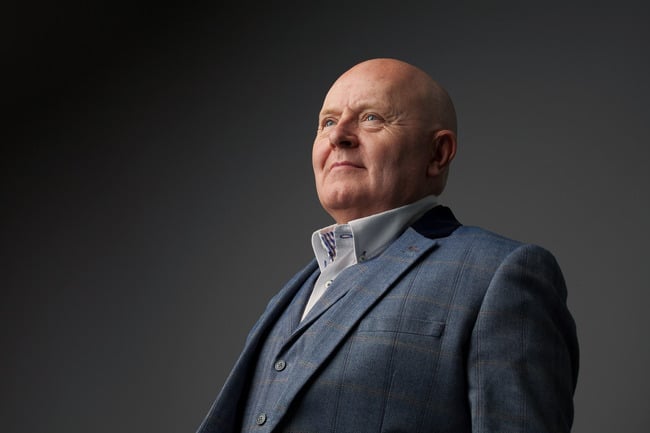Chester-based Manleys Solicitors recently engaged in a virtual mediation case with parties in New York, USA, providing valuable insights into the differing mediation practices between the UK and the US. Managing Director Mark Manley shared his observations on these distinct approaches.
He explained: “The first thing we noticed was that the top mediators command significantly higher fees in the US. We were quoted some eye-watering fee scales. Then the pre-mediation procedure was really quite different. The parties do NOT exchange Position Statements. Each provides a private statement to the mediator. Whilst additional ‘for your eyes only’ confidential statements are common in the UK, the notion of not exchanging anything at all pre-mediation was something of a surprise, and not helpful as it just elongates the process. Instead of this exchange we were invited to a pre-mediation discussion – not just with the mediator but with the opponent (without client attendance from either side). It’s all very ‘keep your cards close to your chest’ rather than full and frank exchange so each side knows the case they have to meet.”
He continued by highlighting the implications of no pre-disclosure: “Then the complete lack of any disclosure pre-mediation also caused delay on the day of the mediation itself. Our US opponents didn’t contribute anything to the mediation bundle at all. As a result, old-style ‘ambushing’ is fully in play in mediations with a US opponent – where ‘surprise’ documents come to light for the first time during the mediation process.”
Discussing negotiation strategies, Manley said: “The American lawyers and mediators are big fans of ‘bracketed’ offers. So instead of making an offer of an amount it is more ‘if your client is willing to accept an offer in a bracket between $x – $y’, our client is willing to pay an amount in a bracket between $A – $B’. I’ve now mediated nearly 1000 cases since becoming an accredited mediator 25 years ago – but I’d not come across this before. There is a wholly different psychological approach to offers in brackets rather than precise amounts. It took a bit of working out and the moment of digression from brackets to specifics caused a lot of problems.”
Regarding the mediator’s role, Manley observed: “The mediation ended successfully but instead of either blind bids, crossover bids, or one of the ‘usual’ methods of breaking stalemate, the mediator was willing to convert from facilitation to active participation in determining the amount of damages. Not that far removed from Early Neutral Evaluation, it was a variation of Mediator non-binding evaluation of a claim with an element of ‘blind’ acceptance/offer which I found both novel, risky but very effective. I’m not sure how parties in disputes in the UK would be willing to embrace it but it certainly worked and I might at least offer it as part of my mediation practice going forwards.”
Reflecting on the challenges posed by time differences during the mediation, Manley concluded: “I enjoyed it. The time differences made life a bit tough for the clients – we had 4 different time zones to deal with – parties in Texas and Dubai and Lawyers in New York and here in the UK. So 9 hours difference at most. It made for a late night for some of us!”


